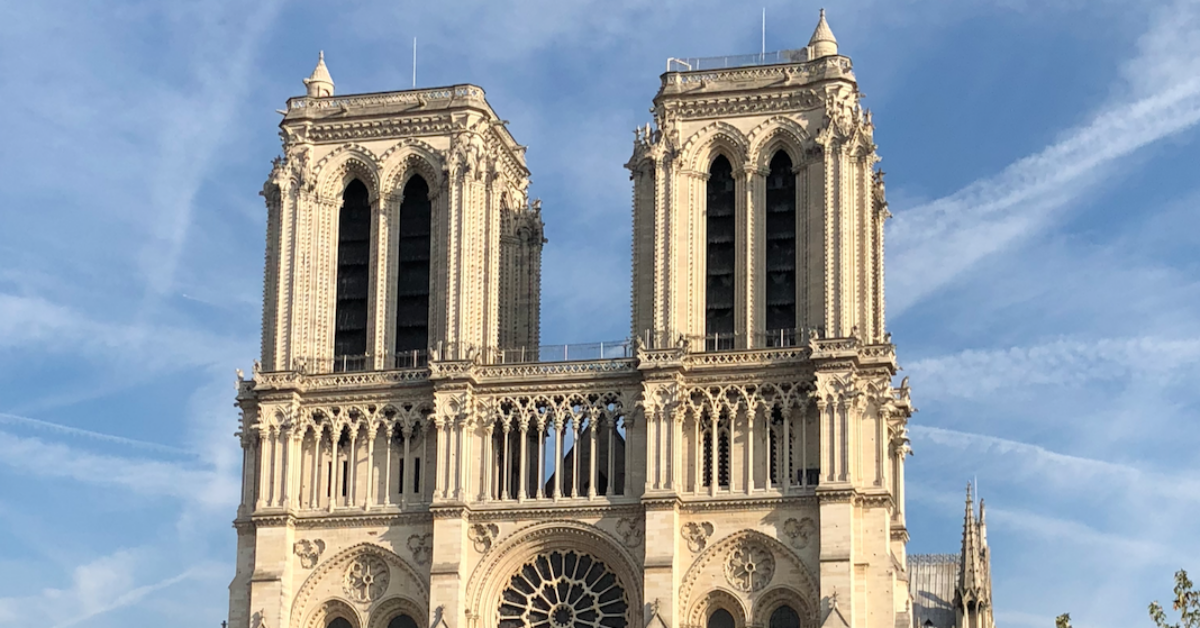Benjamin Mouton is Chief Architect of Historic Monuments (ACMH). He was architecte en charge of Notre-Dame de Paris Cathedral from 2000 to 2013, and is still today its architecte en chef. At the beginning of 2010, he implemented a strict monitoring and fire prevention protocol. In an interview with Le Point conducted after the Notre-Dame de Paris Cathedral fire on Monday, April 15, he reviewed the difficulties and risks involved in restoring the site on such a scale.
Le Point: What types of precautions against fires were in place in this cathedral, which is today largely destroyed?
Benjamin Mouton: It’s one of the most monitored buildings in our country. In 2010 and 2011, I implemented a rigorous protection protocol for fire risk prevention. Specifically, the protection plan was based on a permanent monitoring system relying on detectors (paying attention to the possible risks of electrical short-circuits), the installation of doors and firewalls, and the presence of two firemen 24 hours a day, making three rounds a day. With the idea being that the sooner the alert was made, the sooner we could intervene. It’s unimaginable, yesterday’s fire spread in an absolutely astounding way!
LP: What are the current prospects for reconstruction?
BM: First of all, it will be necessary to identify the damage that the building has suffered. Then, install a temporary roof, an “umbrella” to prevent rain from entering the premises and to dry out the rafters and attic space. Then it will be a question of making a precise assessment of what can be preserved or is lost, removing the burned wood from this splendid “Gothic forest” that has been scarred. In 2012, we inventoried the type of old wood used in the structure, some of which predated the 12th century. Before starting the renovation, it will be necessary to inspect the stone vaults that have been subjected to extreme heat, over 900 degrees Celsius (1652 Fahrenheit). This thermal shock transforms the limestone into lime (a sort of calcium chalk), weakening these load-bearing structures, which are already weighed down by the water poured out by the fire brigade’s hoses. But the cathedral must open as soon as possible. Its rescue will come from a quick recovery and response. In northern England, York Cathedral was reborn from the ashes after being struck by lighting in 1984. This is an example that may provide some optimism.
This article was written by Bruno Monier-Vinard and first published in French on Le Point.






